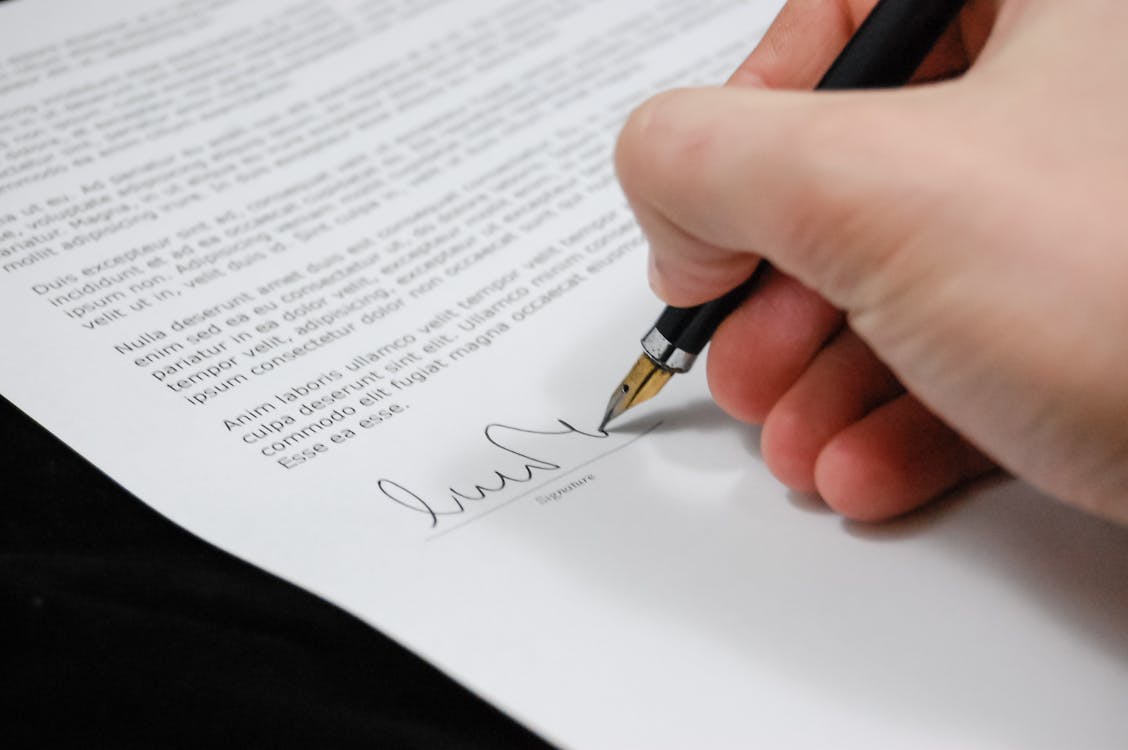If your ability to work has been impacted by an illness or an accident, it is probably a good time to submit a long-term disability claim. This will help to cover your lost income while you work on healing and getting yourself back together. Insurance providers are naturally suspicious and approach every claim with a healthy dose of skepticism. Here are six tips that will help you file your long-distance disability claim and reduce the chance of it being denied.
Make Sure To Double Check Your Policy

There are quite a few different policy types out there, and they can vary between providers. Even within the same insurance company, there can be policy variations and different long-term disability insurance costs that may affect coverage. Check for any exclusions to ensure that your specific disability is not on the list.
Understand How Your Insurance Provider Defines Disability
Some insurance companies offer “own-occupation” coverage. This form of LTD policy will cover disabilities that prevent a person from doing their specific job. However, “any-occupation” coverage is different. Under this policy type, a person will have to be unable to perform any type of work in order to get benefits. Some policies have a limited time frame for own-occupation coverage that converts to any-occupation coverage as well.
Get Diagnosed
Prior to filing a claim for long-term disability benefits, it is critical that your disability be diagnosed. The diagnosis will need to be provided by a qualified medical professional who has a history of treating your specific condition. The treating physician must not be yourself or a family member for proper objectivity.
Prepare Supporting Documentation
The best way to get approved for long-term disability benefits quickly is with a proper diagnosis and plenty of documentation. The insurance provider will look at your claim, check for actual evidence of a disability, and also check to see how it prevents you from working. Having all of your documentation on hand will help make the process more efficient.
Maintain Your Treatments

Most, if not all, insurance providers will require you to undergo a rehabilitation program and remain under a doctor’s care in order to qualify for LTD benefits. Make sure that you are under the care of a physician that specializes in regenerative medicine or that you are following the rehabilitation plan set forth by the medical professional who provided the diagnosis. It is also important that you collect proof of your treatments to submit along with your disability claim.
Establish Your Disability Start Date
Identifying when your disability started is critical for a successful claim. Most policies have a trigger for coverage, which is when an ailment actually prevents a person from being able to work. A lot of ailments progress over time, which can make identifying a start date inaccurate. It is recommended that a medical professional determine a likely start according to activity levels and symptom progression points.
Get The Help You Deserve With The Help of a Trained Professional
Working with an attorney trained in the nuances of disability law is the best way to ensure you are awarded the benefits you deserve. An attorney can be hired in advance of filing a claim to ensure that everything is prepared properly. A disability insurance attorney can also be hired after the fact if a claim has been denied and the denial is up for appeal.




.jpg?w=100&resize=100,75&ssl=1)
%20Abstract%20Background%20112024%20SOURCE%20Amazon.jpg?w=100&resize=100,75&ssl=1)
